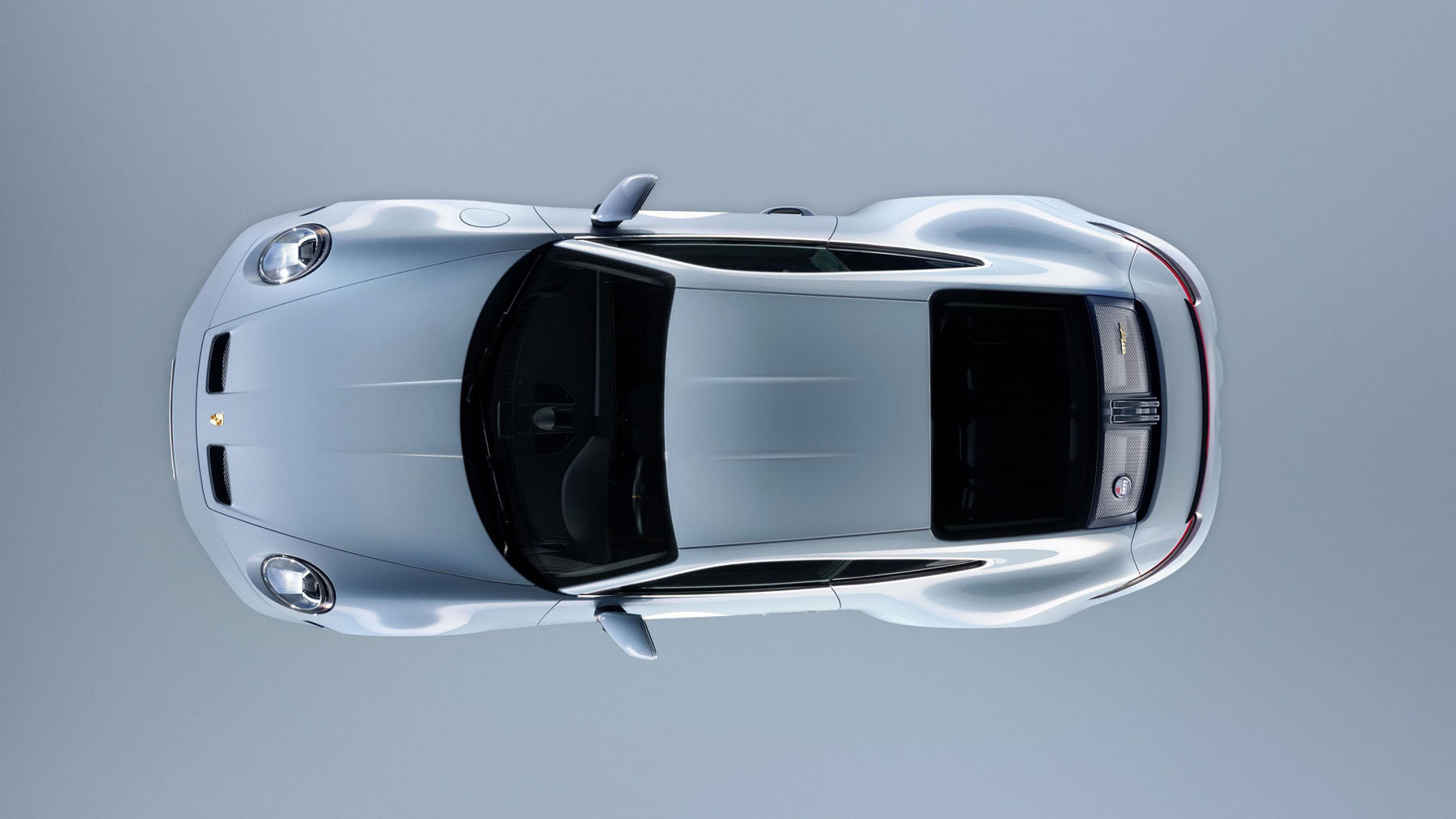In the beginning…
The engine of the Porsche 911 has come a long way over the past 60 years, now with four times the power from twice the displacement. Its drive technology has continued to develop, but the fundamental concept has remained unchanged—whether naturally aspirated, as a turbo, or in the future even as an ultra-sporty hybrid. Porsche laid the foundation for its icon in 1963, when a brand-new sports car made its world premiere at the IAA. At its core was a new six-cylinder at the rear, the first by Porsche. With two-liter displacement, the engine delivered 130 PS, for a top speed of 210 km/h. For the past 60 years, this technical layout has been the starting point for all further developments of the sports car originating from the 911.
Each generation of the 911 achieves new milestones in drive technology. In the early 1970s, Porsche put the increased power of turbocharging to the test in racing with great success. The technology was ready for series production in 1974, and Porsche presented the 911 Turbo (known internally as the 930). With 260 PS, it was one of the fastest cars of its time. Technologically speaking, Porsche was one step ahead of the competition. For the first time, boost pressure was regulated with a controlled valve on the exhaust side, taming power delivery and making the turbocharged engine suitable for everyday use. With its displacement increased to three liters, the Turbo engine was the aspirated engine of the 911. Thanks to its unique combination of turbocharger and fuel injection, the 911 Turbo fulfilled the stringent American emissions regulations from the very start.
No Subscription? You’re missing out
Get immediate ad-free access to all our premium content.
Get Started



